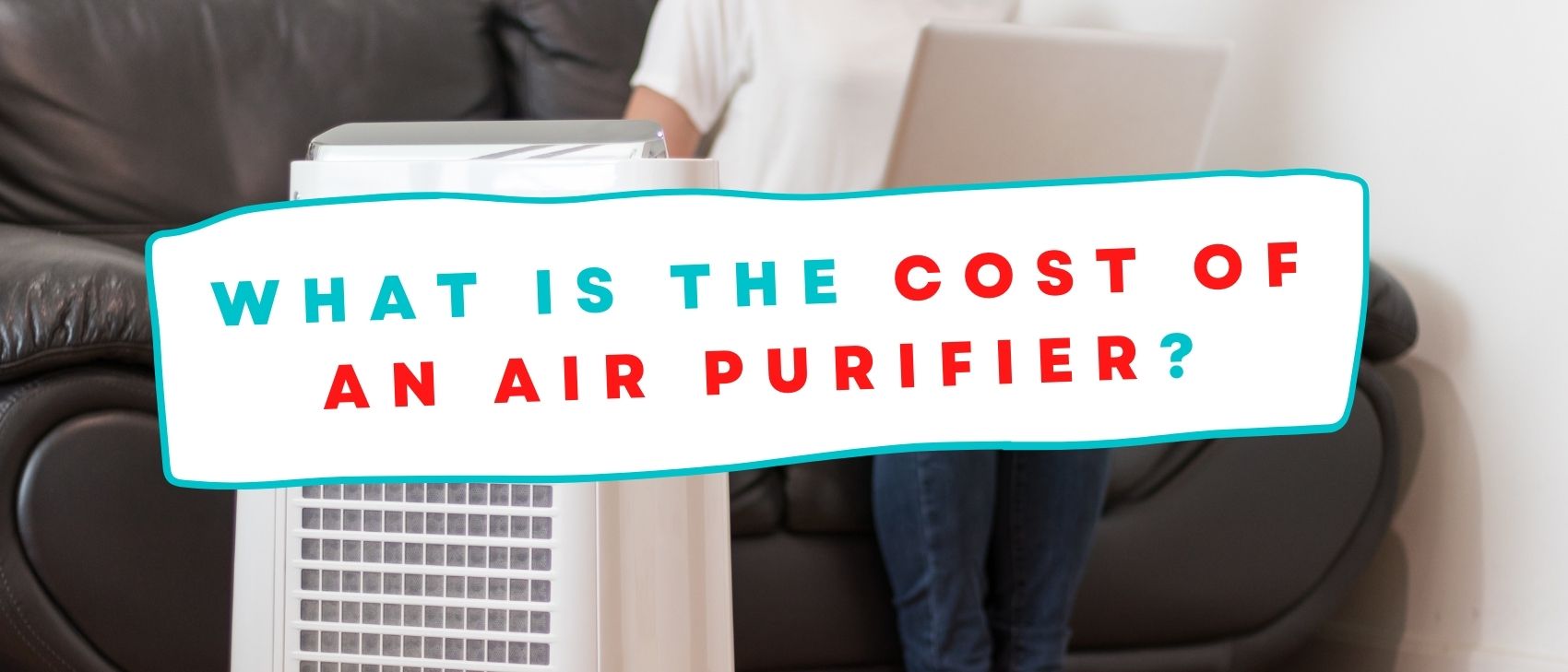Air purifiers are a new type of home gadget that consumers don’t have any objective data on. Most people believe that an air purifier is doing its job successfully if it can filter out pollen and other airborne particles. However, other aspects are to consider when selecting an air purifier, including your home’s demands, the unit’s size, the amenities supplied, and more.
How much is an air purifier?
An air purifier can cost anywhere from $50 to over $1,000. The price will depend on the type of air purifier, its features, and the brand. Some air purifiers are designed for specific needs, such as allergies or asthma, and can be more expensive than others.
Do you need an air purifier?
If you have allergies, asthma, or other respiratory conditions, an air purifier can help to improve the quality of the air in your home and reduce your symptoms. Air purifiers can also be helpful if you live in an area with high air pollution or dust levels.
The cost of an air purifier is a reflection of its effectiveness
The better the quality of the air purifier, the higher the price. However, you can do a few things to save money on an air purifier.
- Look for air purifiers that have high CADR ratings. The higher the CADR rating, the more influential the air purifier.
- Choose an air purifier with a filter that can be replaced. This will save you money in the long run as you won’t have to buy a new air purifier every few months.
- Avoid air purifiers that use ozone. Ozone is an environmental pollutant and can make your indoor air quality worse.
- Look for air purifiers that are ENERGY STAR certified. These air purifiers are more energy-efficient, saving you money on your electric bill.
Low-cost air purifiers should be avoided
Some low-cost air purifiers might not work as well as more expensive models, and they could even be harmful to your health. Choose an air purifier that has been tested and approved by a reputable organization, such as the Environmental Protection Agency or the American Lung Association. Also, follow the manufacturer’s instructions for use and maintenance.

Leave a Reply
You must be logged in to post a comment.